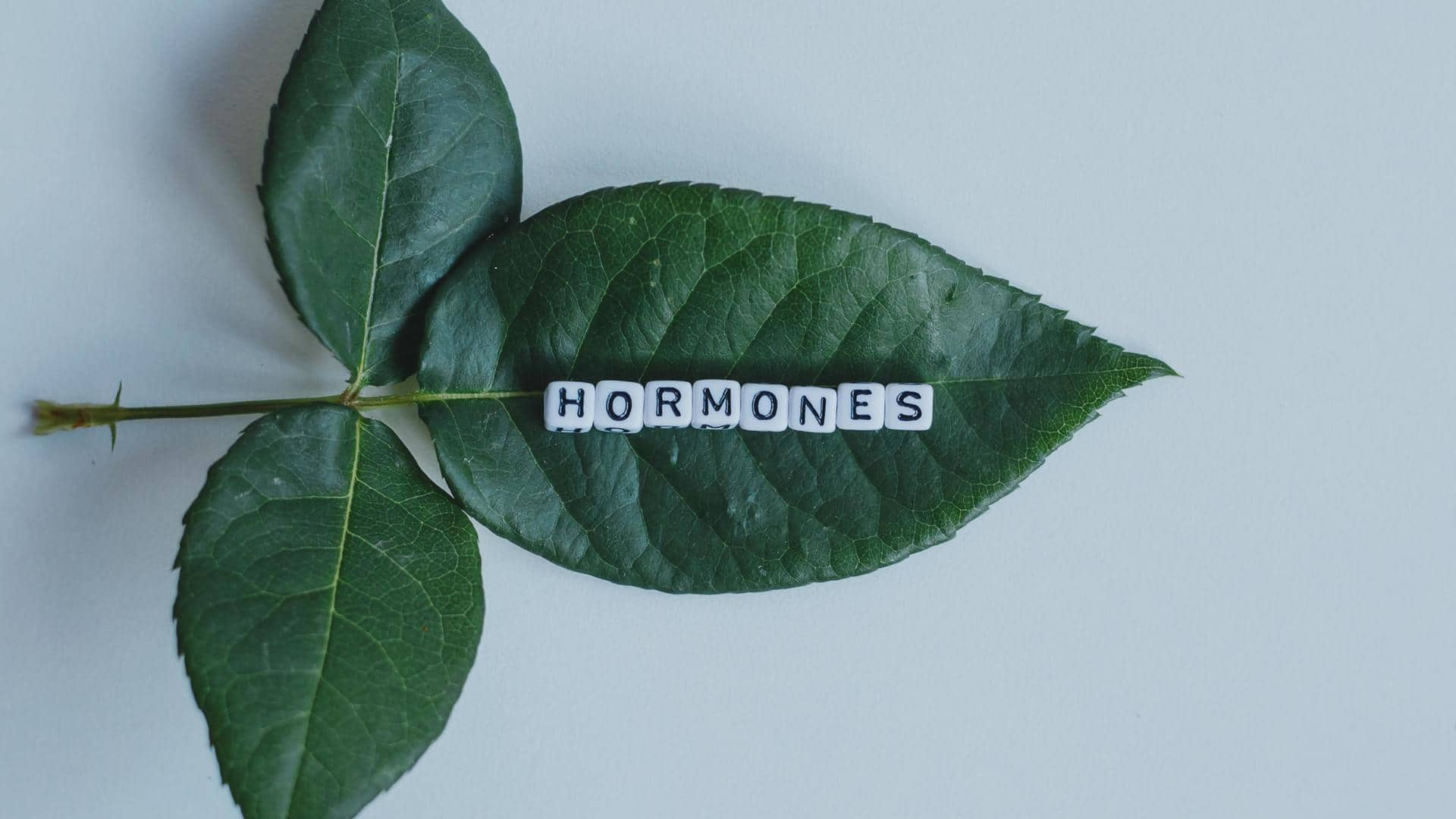
Understanding the basics of plant growth hormones
What's the story
Plants have an incredible way of communicating, guiding their growth, and responding to the environment. This system relies on plant hormones or phytohormones. They play a crucial role in regulating numerous essential processes, like germination, root development, and the formation of flowers and fruits. If you are interested in gardening, join us as we explore their different types, functions, and how they affect growth.
Plant hormones
What are plant hormones?
Plant hormones are chemical substances produced in specific plant tissues that regulate and control various aspects of growth and development within plants. Acting as messengers, these hormones travel through the plant's tissues to specific target sites, where they elicit specific responses. Plant hormones play a vital role in promoting growth and development, influencing processes such as growing taller, producing leaves, and flowering.
Types
Types of plant hormones
Plant hormones can be classified into two groups based on their effects: growth promoters and growth inhibitors. Growth promoters include auxins, gibberellins, and cytokinins, which encourage plant growth and development. Growth inhibitors, like abscisic acid, slow down or restrict growth. However, ethylene stands out as a hormone that can act as both a growth promoter and inhibitor, depending on the specific circumstances.
Auxins
Auxin
Auxin is naturally found in roots and stems, and it moves to different parts of the plant to act. Auxin is mainly responsible for making cells longer, controlling the growth of the main tip of the plant, and promoting the formation of roots and fruits. It plays a critical role in how plants respond to light and gravity, affecting their growth in specific directions.
GIbberellins
Gibberellins
Gibberellins are a group of plant hormones found majorly in higher plants and fungi and are acidic. They promote the elongation of stems, help seeds germinate, and stimulate the process of flowering. Gibberellins also play a vital role in regulating different stages of plant development, such as elongating spaces between plant nodes and transitioning from vegetative to reproductive growth.
Cytokinins
Cytokinins
Cytokinins facilitate the process of cell division and differentiation. They encourage the growth of side buds, slow down aging in plants, and boost the production of proteins and nucleic acids. Cytokinins also have an important role in controlling apical dominance, which determines the growth of the main stem. Additionally, they help plants access nutrients and prevent leaves from aging too quickly.
ABAs
Abscisic acid
Abscisic acid (ABAs), also known as the stress hormone in plants, helps control plant growth by inhibiting it. It acts as a regulator when plants are under stress, like during water scarcity. ABAs help plants conserve water by closing stomata, promoting seed dormancy, and decelerating overall growth. It also helps plants cope with challenging environmental conditions such as drought and high salinity.
Ethylene
Ethylene
Ethylene acts as an inhibitor as well as a growth promoter. It has different roles, like making fruits ripen faster, causing leaves to fall off, and aging plants. Ethylene also influences root growth and development. It breaks bud and seed dormancy, allowing them to sprout. What is unique about ethylene is that it is a gas, unlike other plant hormones.